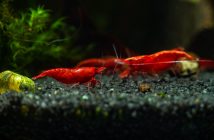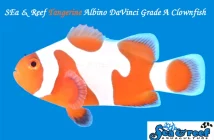There are three main methods of camouflage predominate in marine animals: transparency, reflection, and counter-illumination.
Transparency and reflection are most commonly observed above 100 meters in the ocean. Counter-illumination is the common method of camouflage in 100 to 1000 meter ocean depths. Beyond 1000 meters camouflage is not as necessary for animals to survive predation.
Some fish go through a larval stage called leptocephalus. As seen in the video, these fish are almost completely transparent during this stage of development. During the larval stage, fish are transparent due to the lack of red blood cells, smaller internal organs and a translucent skin.
Transparency is common in open sea animals such as many species of plankton, as well as larger animals such as jellyfish, floating tunicates and comb jellies. Many marine animals that float near the surface are highly transparent, providing them exceptional camouflage from predatory animals. Often the depth at which an animal spends it’s life determines the degree of transparency. Water near the surface of the ocean has greater visibility. With greater visibility, more transparency is needed to elude predators. As ocean depth increases, less transparency is required for the purpose of camouflage.





